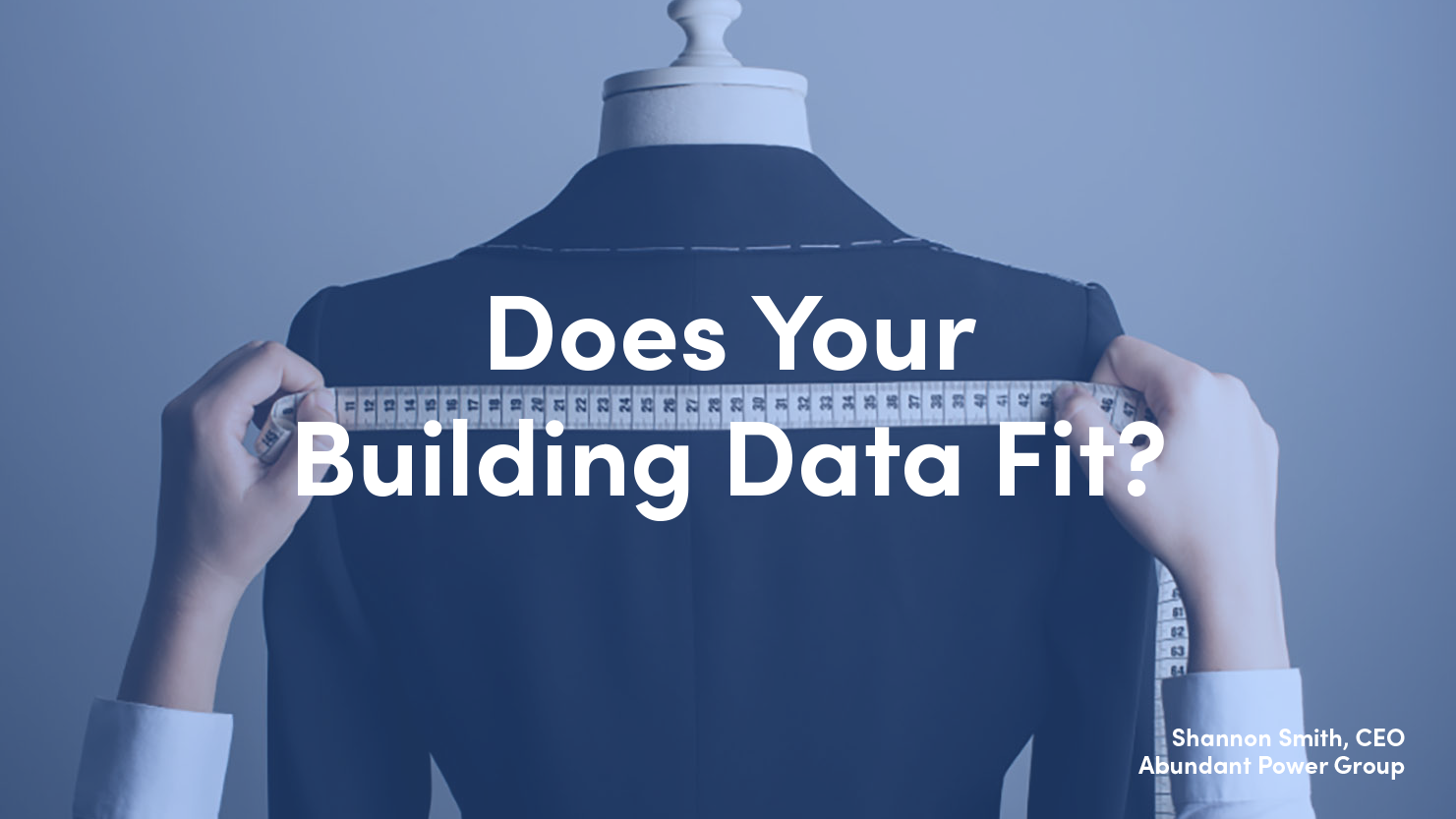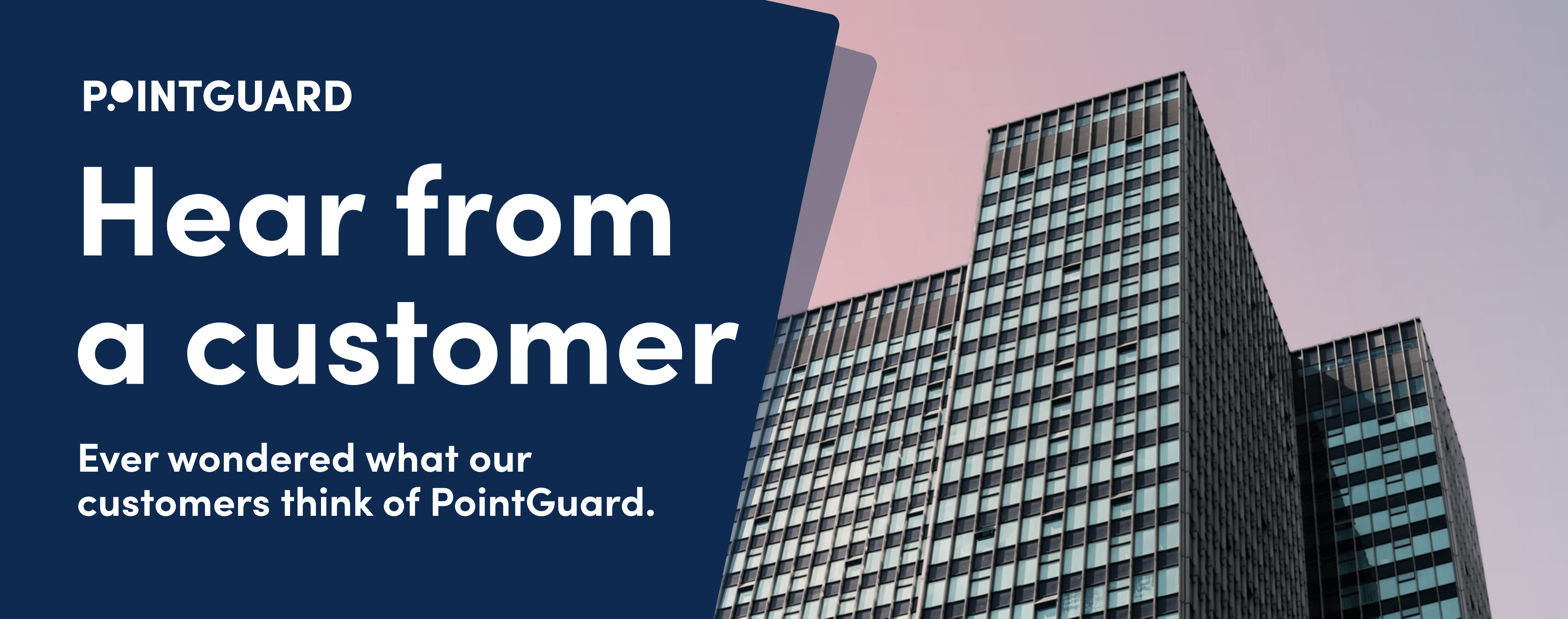The operating needs of buildings and the people who occupy them change every day. Building analytics produce the best results when experienced, knowledgeable people can accurately analyze data to maximize ROI.
Out-of-the-box algorithms can serve as a good starting point, but if they can’t be customized easily and quickly, they can produce misleading data, drive bad decisions and reduce ROI. Does your building data fit?
#1 - Does your analytics provider offer customizable algorithms?
Many providers offer only proprietary algorithms to analyze building data. For example, a provider may have serviceable heat pump algorithms, but if your building does not have heat pumps, why bother? What if there is a malfunctioning sensor in unoccupied space - should this be your main priority? Your algorithms should be customizable to fit the real equipment and capacities of your building portfolio and maximize ROI.
#2 - Does your analytics provider curate data?
Every building is different and data analytics should treat them that way. Too much automation and not enough custom analysis can send resources and budgets off in the wrong direction. Make sure there is a quality analysis process and customized prioritization for the data you receive.
#3 – Do you have regular, structured contact with your analytics provider?
Without regular interaction and structured feedback opportunities between your team and your analytics provider, trust in analytics to guide decisions is difficult to build and impact is hard to measure. Assure quality with regular monthly or bi-monthly meetings with qualified engineers who know your building and how to best analyze data.
#4 - Is your data independent and trustworthy?
Data needs to be independent and free from profit motive conflicts or ties to specific vendors and service providers to yield truly effective, actionable building data analytics and inform decisions based on transparency and trust.












